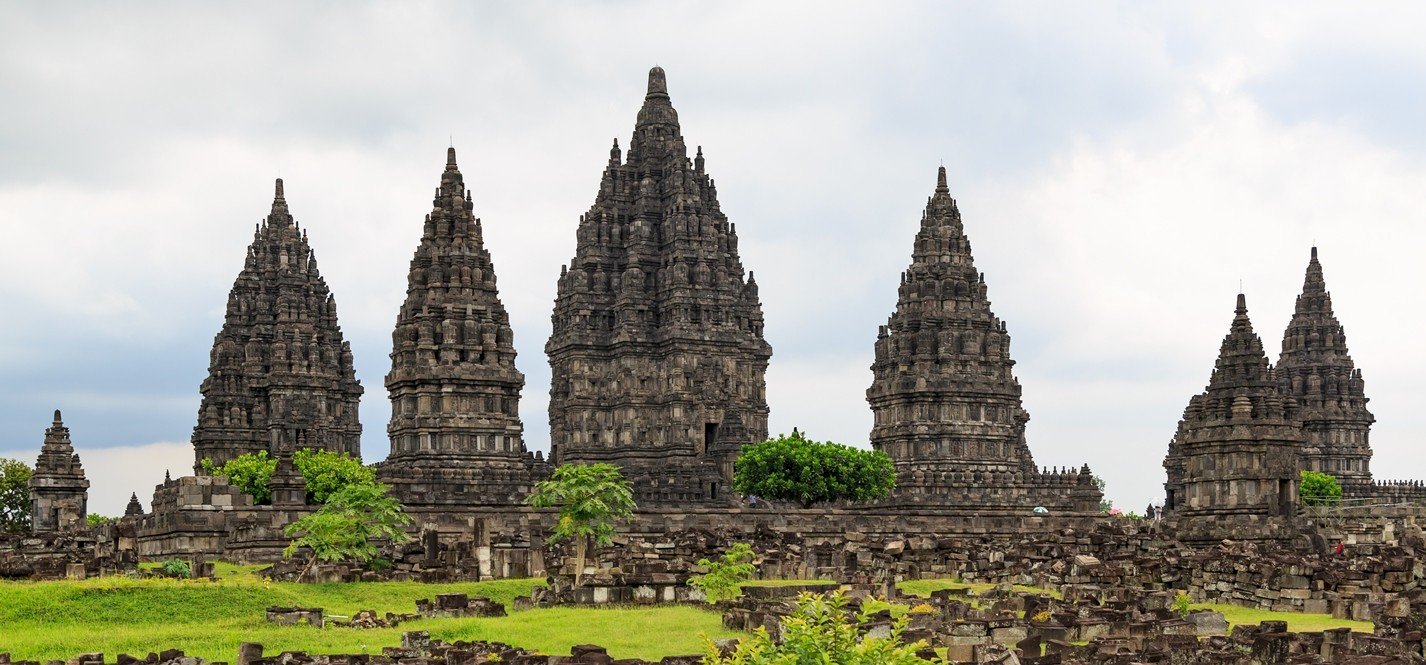Indonesia is a land of remarkable cultural diversity and historical richness, and nestled in the heart of Java stands the awe-inspiring Prambanan Temple, a masterpiece of Hindu architecture and a testament to the region's vibrant past. In this article, we will embark on a virtual journey to explore the majestic Prambanan Temple, delving into its history, architecture, and cultural significance.
A Glimpse into History
Prambanan Temple, also known as Candi Prambanan, is a sprawling complex of ancient Hindu temples located in Central Java, Indonesia. It is one of the most significant archaeological sites in Southeast Asia, and its history dates back over a thousand years. Constructed in the 9th century during the Mataram Kingdom's rule, Prambanan is a testament to the region's rich cultural and religious history.
The temple complex was initially built to honor Lord Shiva, one of the principal deities in Hinduism. It is believed that the construction was initiated by Rakai Pikatan, a Mataram king, and was dedicated to the Hindu trinity known as the Trimurti, which consists of Lord Brahma (the creator), Lord Vishnu (the preserver), and Lord Shiva (the destroyer).
Architectural Grandeur
Prambanan Temple's architectural grandeur is a testament to the skill and craftsmanship of the builders who created it. The complex is made up of numerous individual temples, with the three main temples dedicated to the Trimurti.
- Shiva Temple (Candi Shiva): The largest and most prominent temple at Prambanan, Candi Shiva is dedicated to Lord Shiva. It soars to a height of 47 meters and is adorned with intricately carved reliefs depicting scenes from Hindu epics.
- Vishnu Temple (Candi Vishnu): The temple dedicated to Lord Vishnu stands to the north of Candi Shiva. It is slightly smaller but equally remarkable in its architecture and carvings.
- Brahma Temple (Candi Brahma): To the south of Candi Shiva, you'll find the temple dedicated to Lord Brahma. Although slightly smaller, it is adorned with captivating stone carvings that narrate Hindu mythological stories.
These three main temples are surrounded by a multitude of smaller shrines and perwara temples, which served various ceremonial and ritualistic purposes during the height of the Mataram Kingdom.
Cultural Significance
Prambanan Temple is not just an architectural wonder; it holds immense cultural and religious significance. It represents the enduring influence of Hinduism in Indonesia and is a testament to the region's historical ties to Indian civilization. The temple complex has also been recognized as a UNESCO World Heritage Site, further highlighting its global importance.
Today, Prambanan Temple serves as a place of worship, cultural performances, and a popular tourist destination. Visitors from around the world come to marvel at the intricacies of the temple's carvings, learn about its historical context, and witness the vibrant Hindu rituals and festivals that take place within its hallowed grounds.
Preservation and Restoration
Preserving Prambanan Temple has been an ongoing effort, given the complex's susceptibility to earthquakes and volcanic activity in the region. Over the years, various restoration projects have been undertaken to safeguard this cultural treasure, ensuring that future generations can continue to appreciate its beauty and historical significance.
Conclusion
Prambanan Temple stands as a symbol of Indonesia's rich cultural and religious heritage. Its stunning architecture, historical significance, and enduring spiritual importance make it a must-visit destination for travelers interested in exploring the diverse tapestry of Indonesian history and culture. As you stand before the towering spires and intricate carvings of Prambanan, you can't help but feel the weight of centuries of history and the enduring legacy of Hinduism in this fascinating corner of Southeast Asia.
.png)






